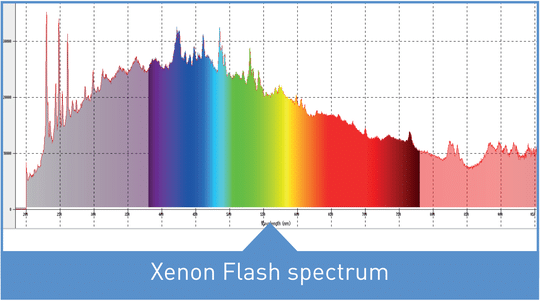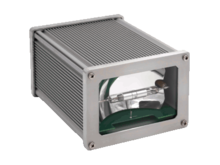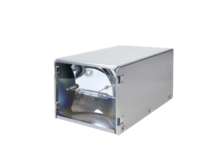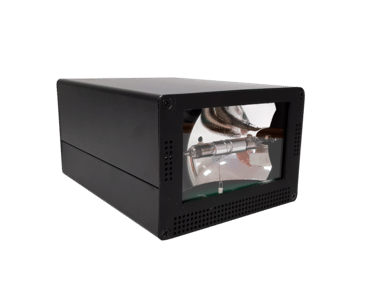
Hyperspectral Imaging and Xenon Flash
PHOXENE, WORLDWIDE SUPPLIER OF FLASH STROBES
For over 25 years, Phoxene has acquired know-how in the technical design, manufacture and sale of flash solutions for industrial applications including Hyperspectral imaging. Phoxene has delivered thousands of flash devices to users and system integrators worldwide.
What is hyperspectral Imaging
Hyperspectral imaging mainly differs from image processing in the visible, UV or IR range in that more than 100 different wavelengths are used for the analysis of the results. This always requires the use of a spectrometer, which splits the light containing different wavelengths into its spectrum. This spectrum is subsequently captured via the sensors of the cameras employed and allows an analysis of the inspection objects.
Illumination is one of the most critical components for hyperspectral imaging. An adequate light source for hyperspectral imaging shall be able to produce a large and continuous spectrum.
The assets of Xenon flash
Many different types of light sources are commercially available: fluorescent, quartz halogen, LED, metal halide (Mercury), xenon, high-pressure sodium… All come with specificities. Consider not only a source’s brightness but also its spectral content, cost, output stability, longevity…
Xenon flash set itself apart for its large and continuous spectrum, close to that of daytime sunlight, and its very high intensity during pulses.
A large spectrum : UVc, Visible or NIR
Light from xenon flash lamps has a continuous spectrum rich in visible light and near Infra-Red radiations. Xenon itself produces a large amount of UV, which can be filtered out –or not- according to the glass material used for the lamp’s wall. Thus, a xenon flash is a light source perfectly suited for hyperspectral imaging.

An intense light able to surpass ambient lighting
The spectrum captured by a hyperspectral camera does reveal information about the subject. This captured spectrum depends both on the sample’s properties and on the spectrum of the illumination source. For this reason, the spectrum of the light source must be known and stable over time: abstraction should be made of the ambient light. Thanks to its very high power, Xenon flash is a light source able to surpass ambient light, and sometimes sunlight, at a distance up to multiple meters.
A xenon strobe is a device able to produce pulses of radiation under very high power, and during very short periods of time. Although a xenon strobe can be powered by the mains or by a battery, the electrical power developed during a pulse typically ranges from 100.000 to 1.000.000 Watts.
Hyperspectral imaging and Xenon Flash
Xenon flashtubes are very compact radiation sources that produce rapid bursts of intense radiation in the UV, visible and IR ranges of the electromagnetic spectrum. It is possible to use xenon flashtubes for all the commonly encountered types of imaging in the UV, visible and IR portions of the spectrum. In addition, the intense radiation emitted by these sources allows luminescence images to be acquired in the presence of considerable ambient light.
Hyperspectral or Multispectral imaging in precision farming
Spectral imaging is the detection of light reflected by the crop with the use of specialized sensors. It is measured in spectral bands. The higher the number of bands the higher the accuracy, the flexibility and information content. Spectral imaging is widely used now in agriculture and precision farming.
Almost every farming issue (weeds, diseases, nutrient deficiency, etc.) changes a physiology of the plant, and therefore affects its reflective properties. Healthy crop and crop that is affected by disease reflect the sun light differently. Using hyperspectral imaging it is possible to detect very small changes in the physiology of the plant and correlate it with spectrum of reflected light.
The quality and quantity of light is a factor in the quality of data collected. Hence the need for a precise illumination tool, independent from the sun light, and able to surpass the sunlight: a xenon flash is a perfect choice for this application.
Hyperspectral Imaging for vision
Hyperspectral and multispectral cameras are faster and faster every year. If a small number of wavelengths are required, a capture speed above 1000 frames per second can be achieved by the fastest cameras.
High-speed hyperspectral imaging is used on fast-moving objects. This requires a high power of illumination in order to capture images without motion blur. Thanks to its very high power a xenon flash is an adequate illumination tool for this application.






